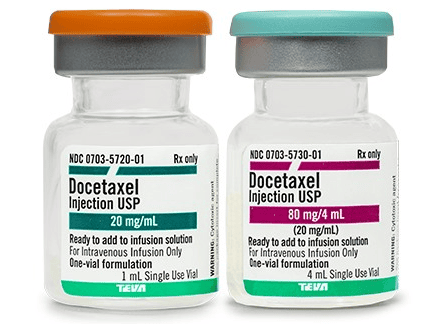This is an automatically translated article.
The article was professionally consulted with Specialist Doctor II Lai Thi Nguyet Hang - Obstetrician and Gynecologist - Department of Obstetrics and Gynecology - Vinmec Ha Long International General Hospital.Cervical pre-cancer is also known as carcinoma in situ. At this stage, abnormal epithelial cells have just begun to appear in the cervical lining, but have not penetrated deep into the main tissue and have not spread to other organs.
1. Cervical precancerous lesions
Cervical intraepithelial neoplasia or cervical dysplasia is one of the common epithelial cell abnormalities of the lining of the cervix, which has the potential for malignancy but has not yet penetrated into the stromal layers. of the uterus. This condition usually occurs in the transition zone between the squamous epithelium and the glandular epithelium, also known as the columnar epithelium of the cervix.Cervical intraepithelial neoplasia is common in the age from 30 to 50 years old, is one of the precancerous lesions of the cervix because it can progress to cancer in situ leading to invasion of the shaped cervix. cervical cancer. This lesion is formed in the squamous epithelium of the cervix by infection with at least 1 high-risk HPV type. That is the premise of invasive cervical cancer. Therefore, the early detection of these lesions has important implications in the early diagnosis of cervical cancer.
Depending on the number of abnormally damaged cells, cervical cancer is divided into the following stages:
CIN I: The number of abnormal epithelial cells occupying 1⁄3 of the epithelial layer thickness . CIN II: Abnormal number of epithelial cells occupying 2⁄3 of the epithelial layer thickness. CIN III: Abnormal number of epithelial cells occupying the entire thickness of the epithelial layer.

Among the risk factors for invasive cervical cancer in women, HSIL outcome is one of the important factors. According to a study of the 5-year precancerous or cancer risk assessment of HSIL in women aged 30 to 64 years, at this age, abnormal cervical smear results were observed. As shown in the HSIL panel alone, cervical intraepithelial lesions are in grade 2 or even more severe.
2. Causes of cervical pre-cancer
The main cause of cervical pre-cancer is infection with at least 1 high-risk HPV type in the genital tract, which are common types such as 16, 18, 31, 33, 35, 39, 41, 45, 51....Some risk factors lead to the possibility of getting cervical cancer:
Due to early sex. Due to unsafe sex, not living in monogamy. Due to multiple births. Due to improper genital hygiene. Due to incomplete treatment of diseases of the uterus and genitals such as inflammation. Smoking is also one of the risk factors that contribute to an increased chance of getting cervical cancer. Due to diseases of immunodeficiency, diabetes...

In people infected with high-risk HPV, in combination with other risk factors, primary lesions are formed, which may persist and progress for 10 to 20 years through stages. cervical intraepithelial neoplasia to gradually form cervical cancer.
Cervical cancer is one of the dangerous diseases, not only affecting a woman's fertility but also can metastasize and spread to other parts, affecting health. Therefore, it is necessary to detect and diagnose early to have treatment plans from the first days of HPV infection to avoid later effects.
In order to help customers detect and treat other gynecological diseases early, Vinmec International Hospital has a basic gynecological examination and screening package, helping customers detect early inflammatory diseases Easy, inexpensive treatment. Screening detects gynecological cancer (cervical cancer) early even when there are no symptoms.
Basic gynecological examination and screening package for female customers, has no age limit and may have the following symptoms:
Abnormal vaginal bleeding Having menstrual problems: irregular menstrual cycle, irregular menstrual cycle Irregular vaginal discharge (smell, different color) Vaginal pain and itching Female clients have several risk factors such as poor personal hygiene, Unsafe sex, abortion,... Female customers have other symptoms such as: Abnormal vaginal discharge, itching, pain in the private area, abnormal vaginal bleeding.
Please dial HOTLINE for more information or register for an appointment HERE. Download MyVinmec app to make appointments faster and to manage your bookings easily.














